After graduation, I sheered my head to the corporate office for nearly 3 years. I got to juggle office tasks and my girlfriend’s romantic wishes.
I was nothing but sandwiched between the two places.
No time for my writing poems and roaming around the parks! At last, I realized I had become a cat’s paw who only tried to warm the cockles of someone’s heart.
My inner side echoed, “No, I have a long-time buried passion.”
How I started…
Actually, I have inherited some real estate properties, especially in San Joaquin, California, from my father.
The place was nothing new, as I had visited it quite sometime during my childhood. I remember I would catch chickens and rabbits with my grandpa.
We fished in the backyard pond for dinner.
These memories and my passion triggered me to drive me away from the city. I quit my job and moved to San Joaquin, where I could hold my writing and be with nature.
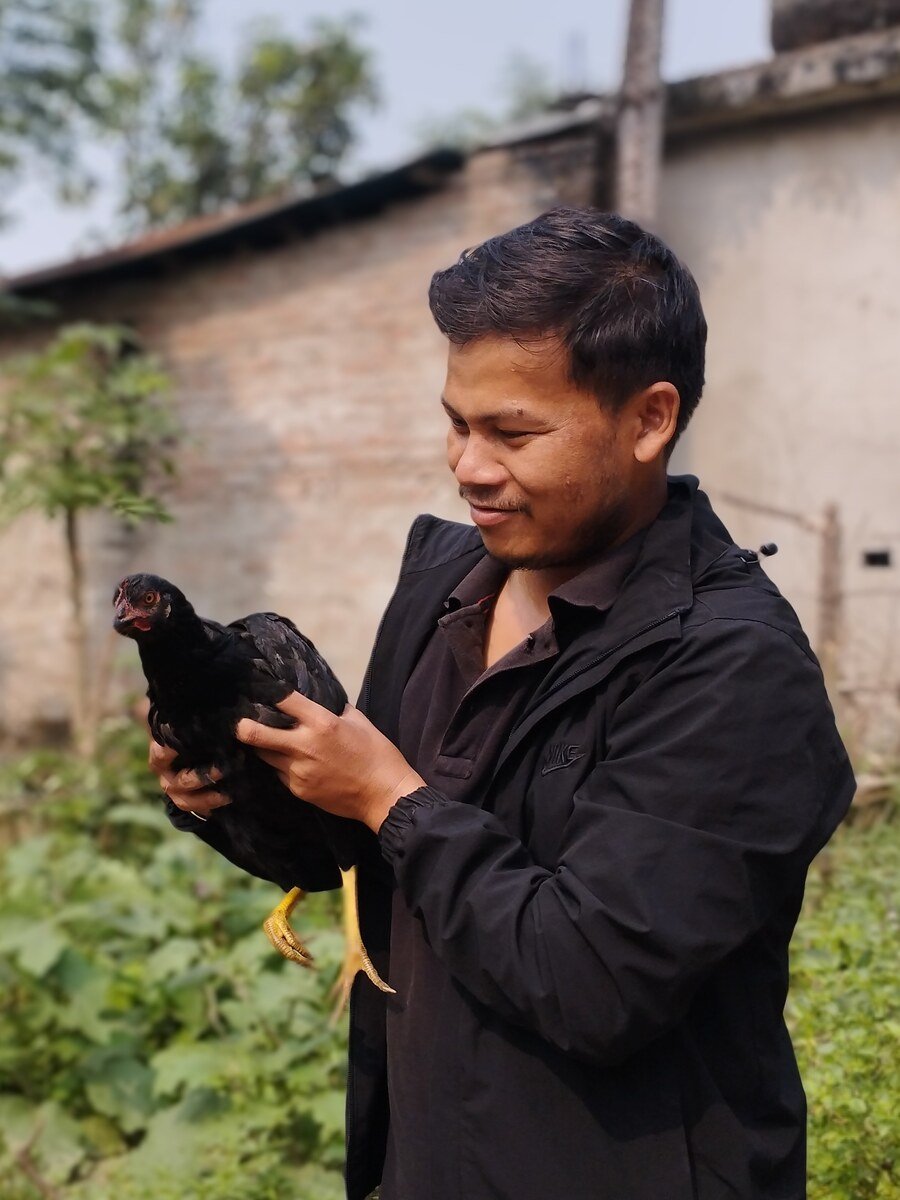
There, I got a homestead with no animals but some vegetables growing with weeds in the garden.
It’s going to be lengthy (that’s the problem of being a writer 😃), so I hop into how I started with chickens.
I already had a few experiences raising domestic birds but still had no courage to slaughter the birds. Anyway, I ordered some chicks with proper instructions to deliver only hardy breeds.
The local poultry supplier came with 20 baby chickens with a few bags of pallets.
The coop was already there enough for small chicks to grow. Thanks, Grandpa, you helped me save some pennies. I installed lighting and managed chickens with food and bed.
One month passed in July
It was easy to take care of small pookies. 1—2 ounces of feeding was enough for one chick daily, so they only finished 1 pound in the first week.
I wanted them to grow faster, so I wasn’t stingy about feeding.
In two weeks, they have considerably grown, with feathers poping and legs extending. I could identify which are going to be roosters or hens.
They went voracious after every couple of days.
Whenever they sensed me near, they ran their eyes on me, hoping for me to get something for them. I was happy; they knew me well.
Soon, I had to build a netting enclosure for chickens to forage and play around.
Actually, they lacked space to run, so I drove them to the net. They’re happy to roam around and exercise their beak under the open sky.
They’re nearly 2 pounds
After placing chickens outside during the daytime, I regularly inspected if there’re any predators, but I was lucky nothing attacked my chickens.
Then, I had to order another lot of poultry feed.
They suggested I stock some additional food for at least 6 months. But I was a bit unsure, so I quoted for only four-month supplies.
“Chickens are the heavy eater,” I realized this quickly!
I held other jobs as well, like everything from cooking to my table tasks. Raising beds, weeding, and digging had already gulped my half day.
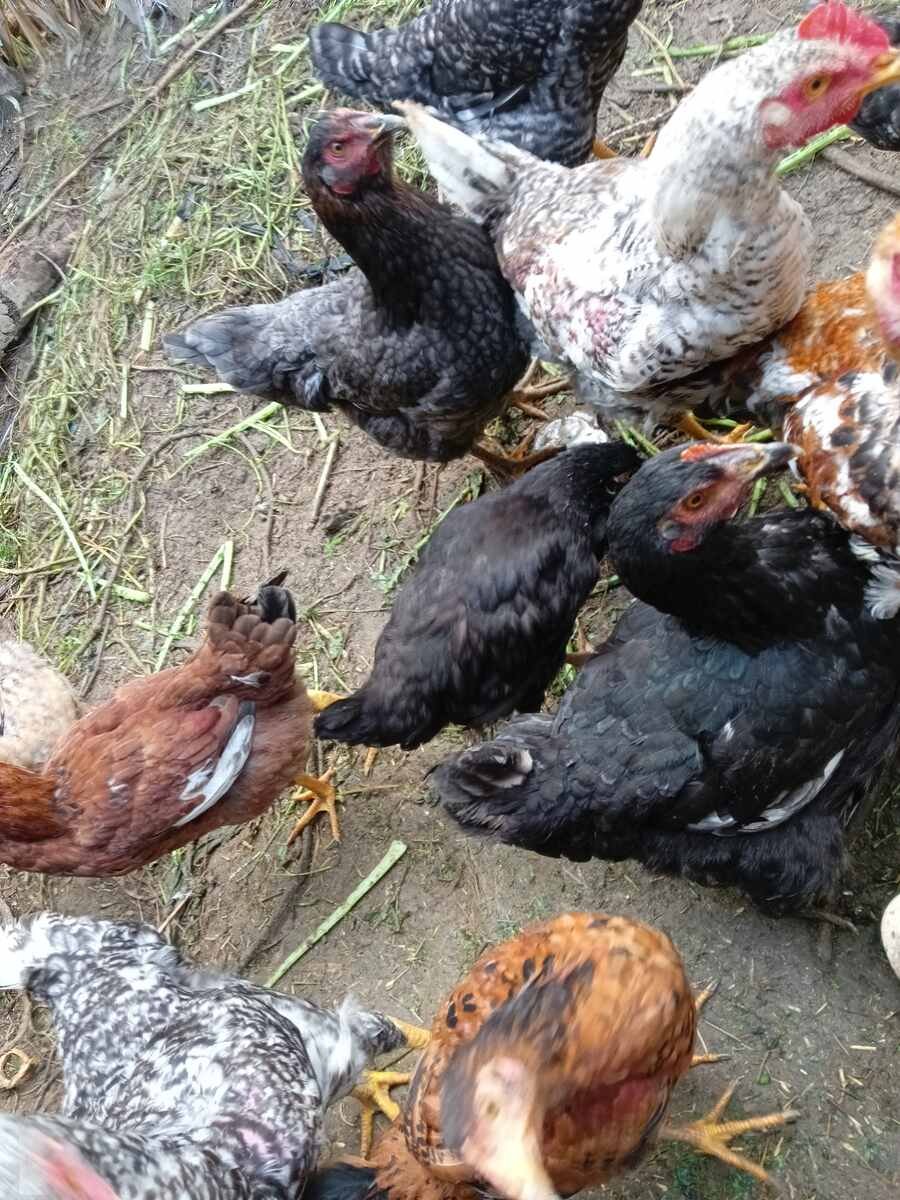
Besides all that, I had to cater to chickens, which always ate something in a moment.
On alternate days, I often checked their crops at the end of the day. Oh, my goodness! They held it always bigger and full.
It was already 2 months, and breaking its leg in the third month. So, I decided to scale the chickens. To my surprise, it showed 2 pounds and a big more in some digits.
It motivated me enough to add other animals. Getting success at the first attempt?
I lost some of them
Everything was good going until a few of them seemed dizzy and inactive.
First, two were sick, closing their eyes, and didn’t open their beak to eat. I was busy with other stuff, thinking they might be okay the next day.
I had zero knowledge of sick chicken and poultry diseases.
When I opened the coop door, those two remained without movement. They’re gone, and I had to dump them without any harvest. They’re pullets.
Okay! It was the first error I acknowledged in the lesson.
Hopping that nothing was infected from the sick chickens, I found another one with the same symptoms. I quarantined a particular one from the flock and called a local vet.

When he checked the chicken, it had caught a sinus infection.
He inspected the flock and suggested I separate the other two, which had the probable risk. After a few talks, he left the place with a piece of medicine for chickens.
I feed the chickens with the medicine in water.
The next day, I checked that the sick one had recovered, but the other was degrading in health. That’s how I lost three adult chickens.
Harvest in December
I continued feeding and caring for chickens, and they grew bigger. Good for the beginner!
It was not a part of the plan but only a coincidence that I had to harvest the chickens at the end of the year. Actually, I had expected the slaughter in six months.
But, my limited knowledge about choosing the breed delayed it.
Anyway, it was a good day with warm sun, and I requested a local butcher to assist me in harvesting the chickens. I had zero knowledge before this.
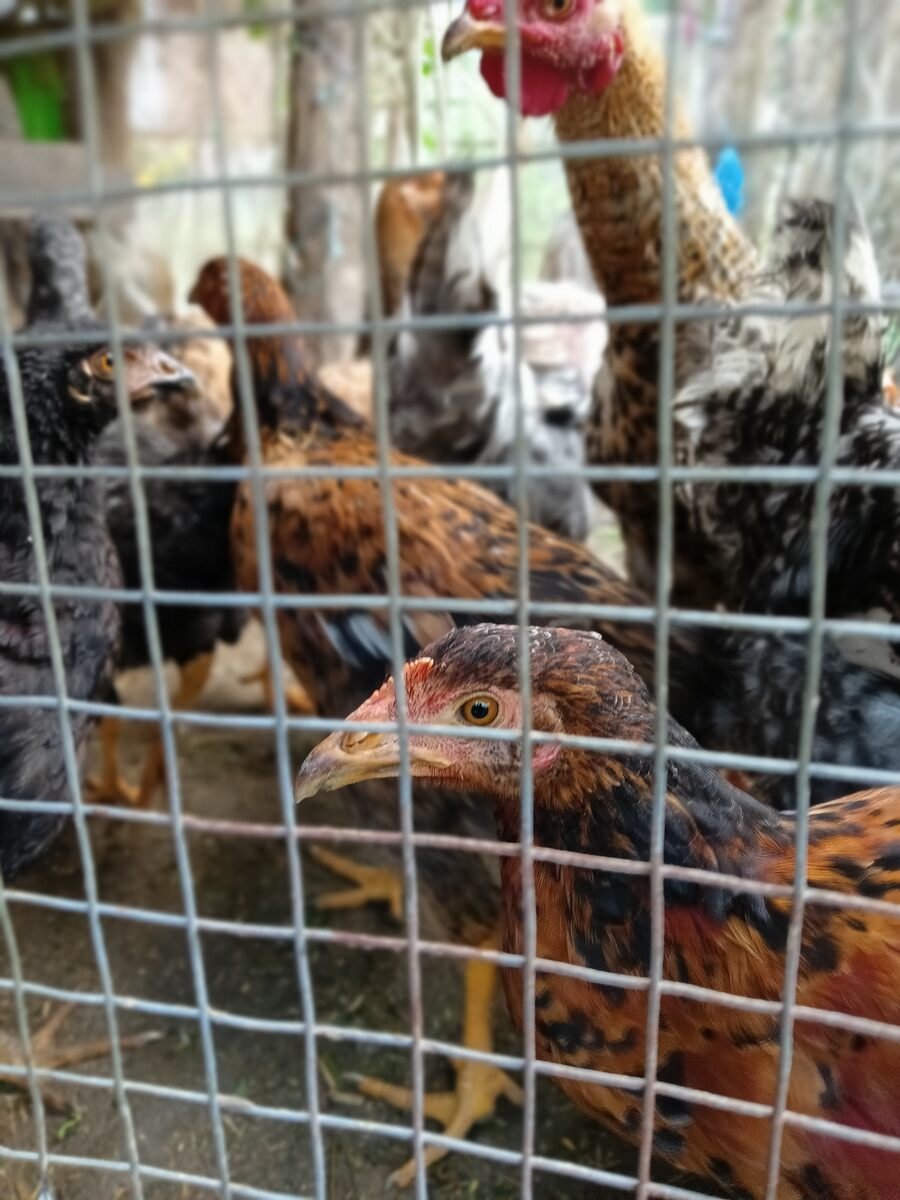
He visited my homestead and showed me a way to slaughter the chickens, and asked me to repeat the same.
As soon as I began, he couldn’t help but fell in laughter after my moves. Honestly, I was scared of butchering chickens and felt reluctant.
But After two chickens, I was able to brag about my skill. Actually, I was confident enough to apply for the butcher assistant at the nearby shop. 😂
We scaled the weight of all the chickens and packed them all for the market.
I forgot the exact figure but was happy that my hard work paid off. It was also an encouragement to add more chickens and other animals and run a homestead well.
There’re more…
This was only an anecdote piece of my homesteading journey. Then, I became aware of chicken breeds, feeding, breeding, and hatching over time.
The garden bed had already been ready to plant the veggies until that time. I didn’t stop growing kale, pumpkins, potatoes, tomatoes, spring onions, etc, in the very first year of homesteading.
It’s been pleasant to run a homestead until now, where I can continue enjoying nature and sharing my homesteading knowledge and experience through this blog.
Stay tuned to Homesteading Place for helpful, firsthand experience content about homesteading, gardening, and sustainable living.

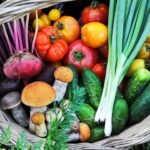

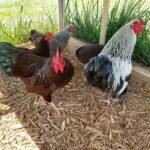
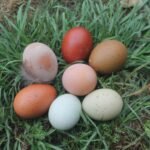
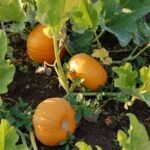
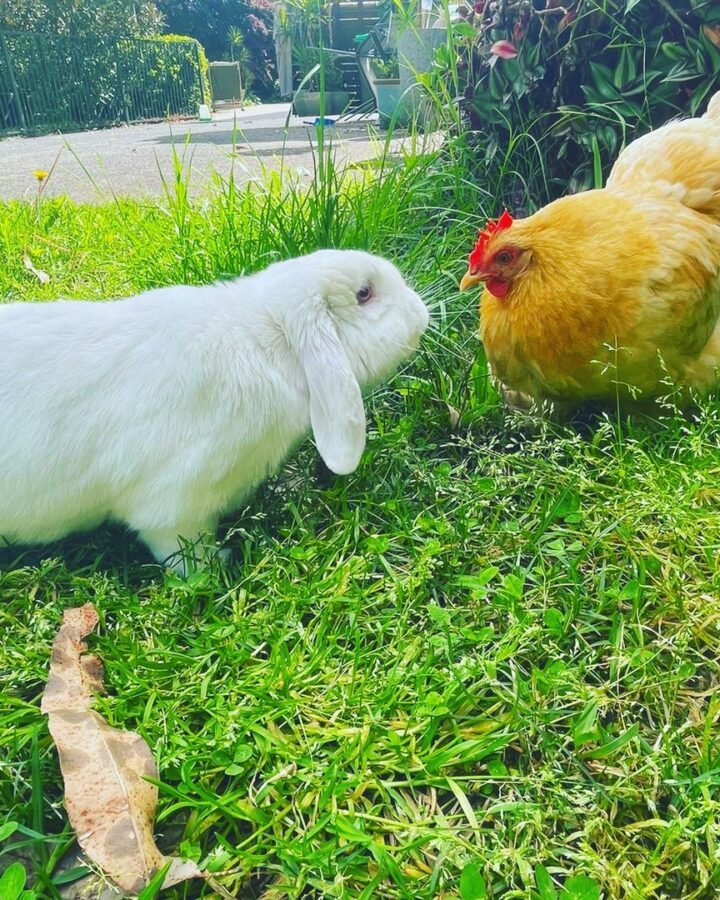
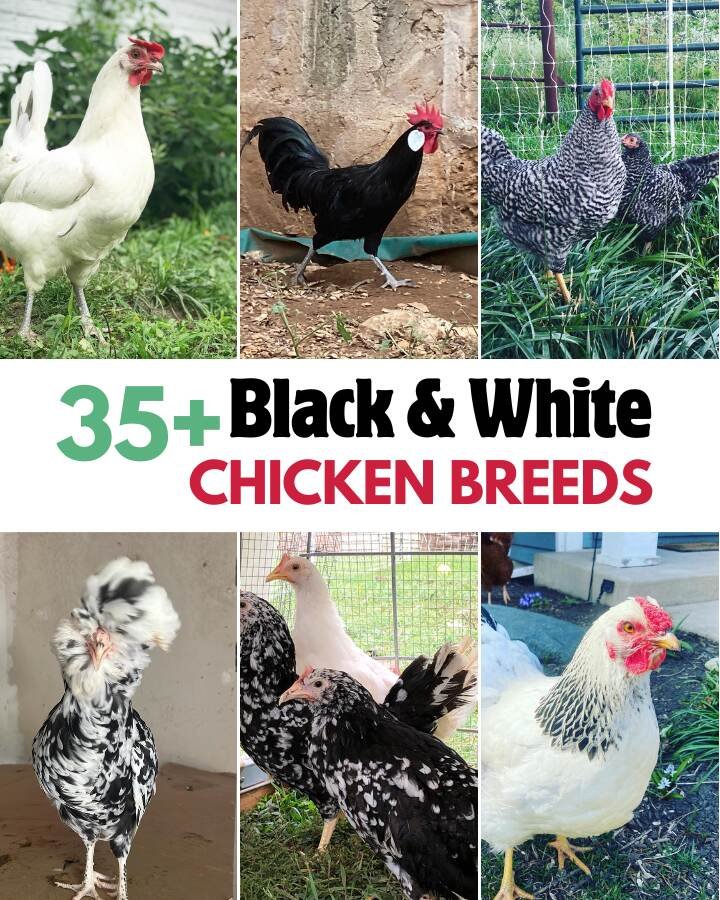


Leave a Reply